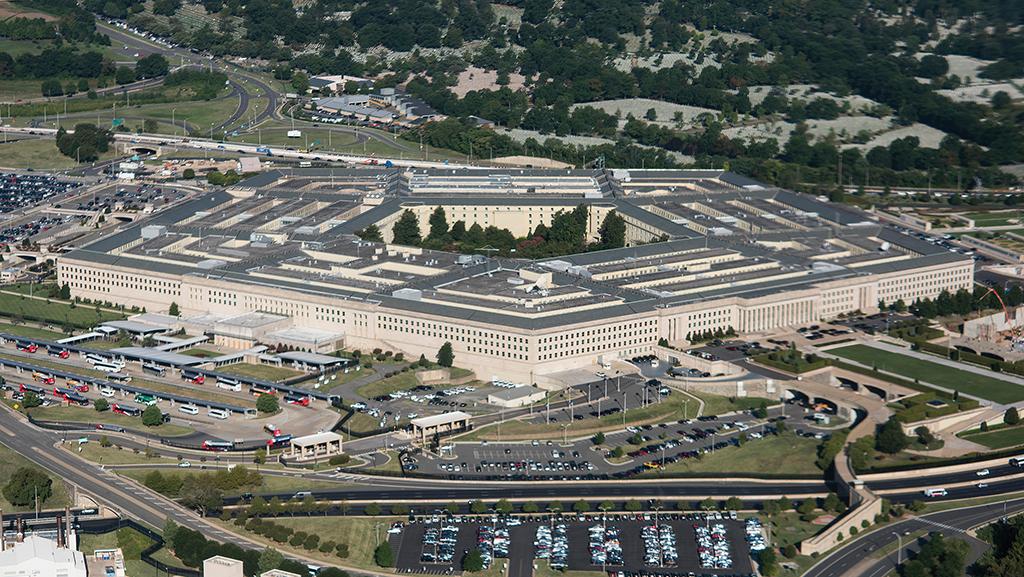
The coming year will most likely see a continuation of two competing narratives that have reshaped defense expectations in 2023.
One narrative surrounds the multiple global security threats, which is not a new theme. But it has been accented by the Ukraine war, China’s defense modernization program and behaviors around Taiwan and against U.S. aircraft and naval vessels, and defense-industrial ties among Russia, Iran and North Korea. In October, the threat of wider Middle East instability reemerged from the Israel-Hamas War and stepped-up attacks by Iranian-backed militias on U.S. and Israeli forces.
However, in 2023, that narrative has run headlong into concerns that U.S. spending is too high, interest payments on the federal debt are a growing risk and there are more pressing domestic priorities—notably border security to stanch the flow of immigrants.
The dynamic will play out through 2024 with three primary sources of budget uncertainty. It first will be reflected in what Congress can do with the $106 billion supplemental security request that was unveiled in October. Rather than take up that full request, the House opted to pass a supplemental for Israel’s needs only, paired with offsetting IRS spending cuts, which the Congressional Budget Office scored as increasing the federal deficit. Congress still could pass the supplemental, but only if compromise can be found on border security and immigration policies.
Some congressional Republicans also are insisting that the $106 billion supplemental be offset by spending reductions. It is highly improbable that congressional Democrats or the Biden administration would accept that, as cuts most likely are to fall on nondefense discretionary programs. No one is talking about paying for this with changes to Social Security or mandatory health insurance, and Republicans are not talking about higher taxes.
Then in January-April, the second and third sources of uncertainty may be bounded. Different parts of the fiscal 2024 budget are funded through Jan. 19 and Feb. 2 via continuing resolutions—the Defense Department is funded in the latter. Congress usually works on the brink of deadlines, but it is quite possible it will consider April 30 the real deadline. That is when automatic cuts to the fiscal 2024 budget are locked in if Congress has not passed any of the 12 appropriations bills.
Those cuts set fiscal 2024 spending at 99% of fiscal 2023 levels. Military personnel would be exempt. Given the global security environment, the Pentagon could be expected to protect readiness, although it will need congressional authority to move funds between accounts. That would mean the 1% top-line reduction would be a greater hit on procurement and research, development, testing and evaluation accounts.
Of course, Congress could change the Fiscal Responsibility Act of 2023, which stipulates the automatic cuts. The uncertainty around fiscal 2024 spending could be resolved in February-April 2024, but if it is not and cuts occur, the effect on contractors is not clear.
The third source of uncertainty is the fiscal 2025 request and out-year plan through 2029. The Defense Department’s top line was trimmed from administration plans in the Fiscal Responsibility Act, but whatever changes occur in fiscal 2024 will cascade through out-year plans and may delay the release of the fiscal 2025 budget. While inflation in the U.S. has moderated—at least as measured by the Personnel Consumption Expenditures metric—the 2025 request may not cover inflation, and defense contractors may face higher costs because of competition for labor and increased costs passed on by lower-tier suppliers.
These three budget uncertainties will spawn others that contractors will have to assess.
First, how will the Pentagon change its plans and priorities if budgets are cut? Does it trim everything? Does it try to prioritize key strategic programs or those deemed most relevant to deterring China? Does it cut new programs and focus on upgrades to keep older systems relevant? The answer probably lies in a mix.
Second, how will other countries respond to budget changes in the U.S.? This could be critically important if Congress does not pass aid to Ukraine. How would that affect Ukraine and European defense spending? The answers could reinforce demands that higher spending benefit European contractors.
Third, how will contractors change their strategies and expectations? A more dynamic competitive environment is possible if defense programs favor increased buys of mass attritable, autonomous systems—and everyone cannot be equally well positioned in that environment.
